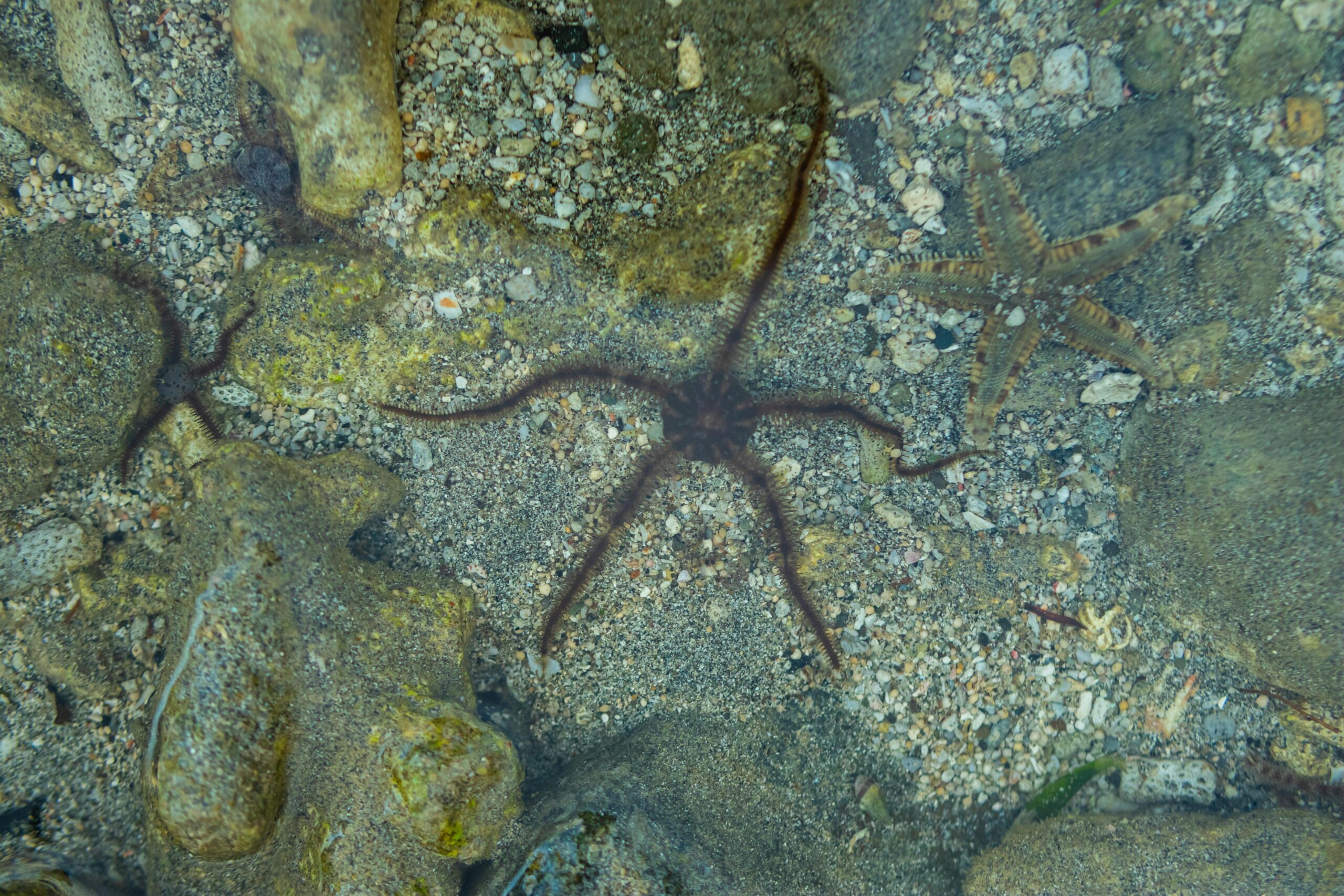A groundbreaking international study of brittle stars—ancient marine invertebrates—has revealed a hidden web of global connectivity in the deep sea, upending long-held assumptions of isolation.
Global links hidden in museum specimens
Researchers analysed DNA from 2,699 brittle star specimens held in 48 museums worldwide, with samples spanning equatorial to polar regions and depths exceeding 3,500 m. Lead author Dr Tim O’Hara, senior curator at Museums Victoria Research Institute, described the findings:
“You might think of the deep sea as remote and isolated, but for many animals on the seafloor, it’s actually a connected superhighway.”
Published in Nature, the study uncovers evolutionary ties stretching from Tasmania to Iceland, emblematic of deep‑sea invertebrate dispersal across ocean basins.
Larval drift enables long‑distance dispersal
Unlike surface species limited by temperature, brittle stars leverage cold, stable deep ocean currents to disperse. Many produce yolk-rich larvae capable of drifting for up to a year—enabling colonisation across vast regions.
“These animals don’t have fins or wings, but they’ve still managed to span entire oceans,” Dr O’Hara explained.
Connectivity and fragility: a paradox
While deep-sea environments permit wide-ranging genetic exchange, they remain sensitive to environmental pressures. Without polar ice to sustain deep-ocean circulation—and with threats like climate change and mining—the entire system’s resilience is at risk.
“It’s a paradox. The deep sea is highly connected, but also incredibly fragile,” O’Hara said.
The study underscores the scientific value of museum collections. As Dr Nerida Wilson of CSIRO noted, these preserved specimens unlock evolutionary and climatic histories.
CSIRO acknowledges role of biodiversity data
CSIRO highlights its role in contributing specimens from decades of deep-sea research aboard the vessel RV Investigator, part of a global endeavour to map marine biodiversity patterns and evolutionary relationships.
Why it matters
The research rewrites how the deep-sea environment is understood—from static and remote to dynamic and interconnected. It shows how deep-sea life has been shaped over tens of millions of years, with implications for conservation and ecological modelling. The findings raise alarm about degradation of deep-ocean systems, particularly under the pressures of climate change, deep‑sea mining, and loss of polar ice.
As Dr Sue‑Ann Watson of James Cook University remarked, natural history collections are time capsules essential for understanding biodiversity shifts across the globe.
This landmark research, published in Nature, not only transforms views of deep-sea life but also underscores the urgent need for global stewardship of these interconnected yet vulnerable ecosystems.
